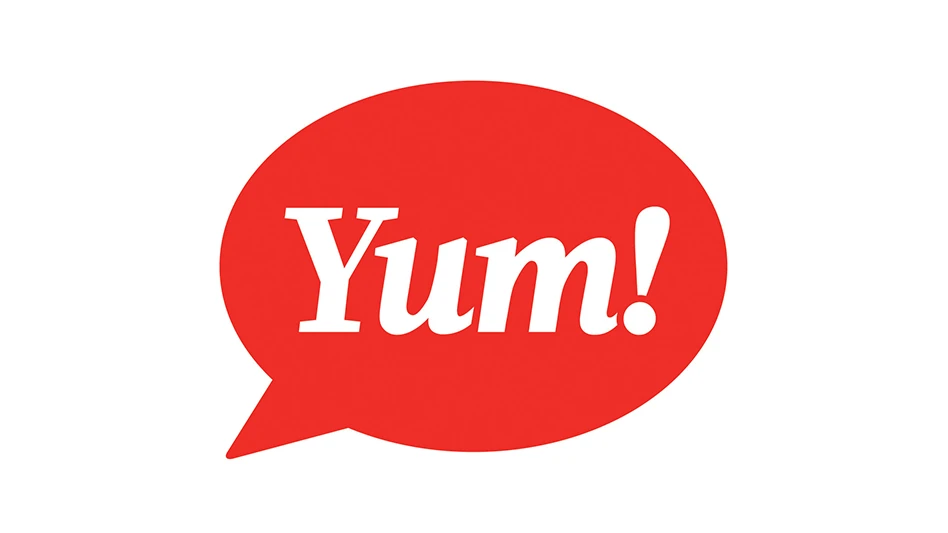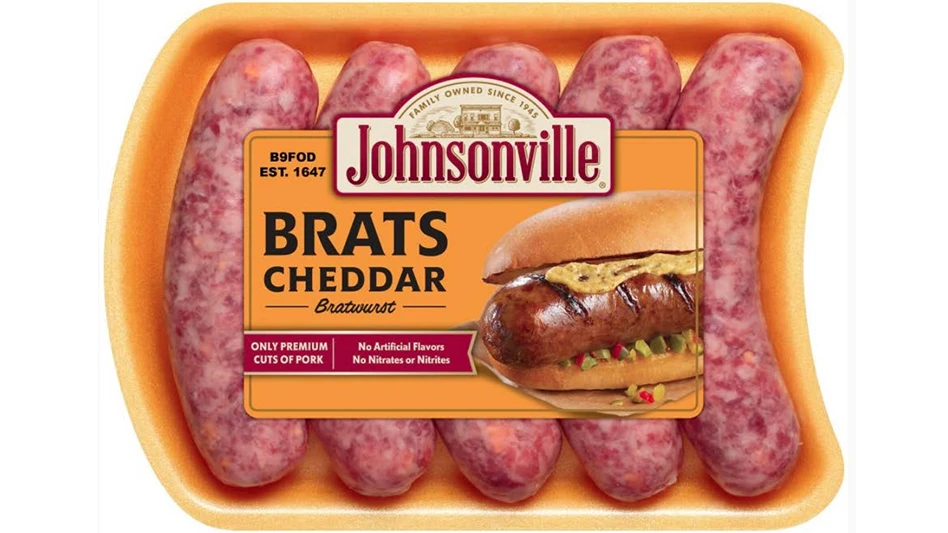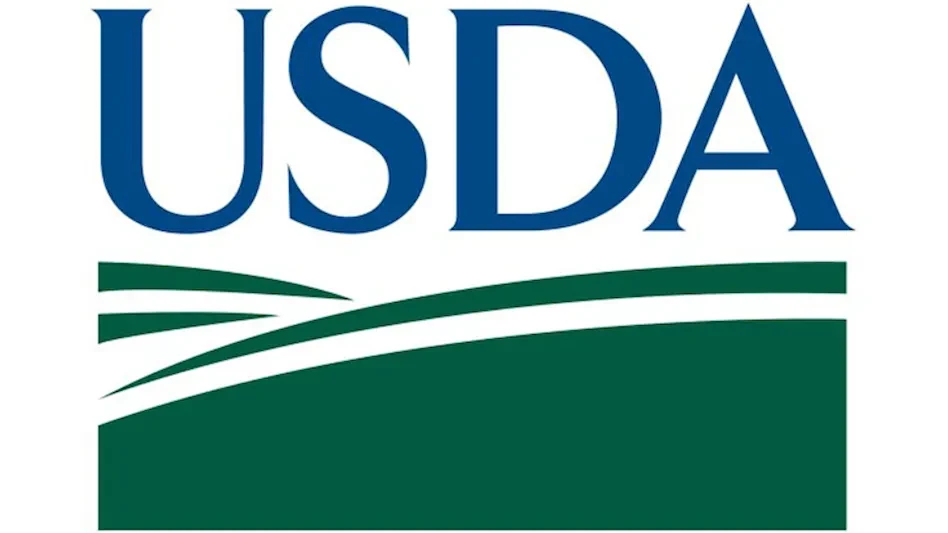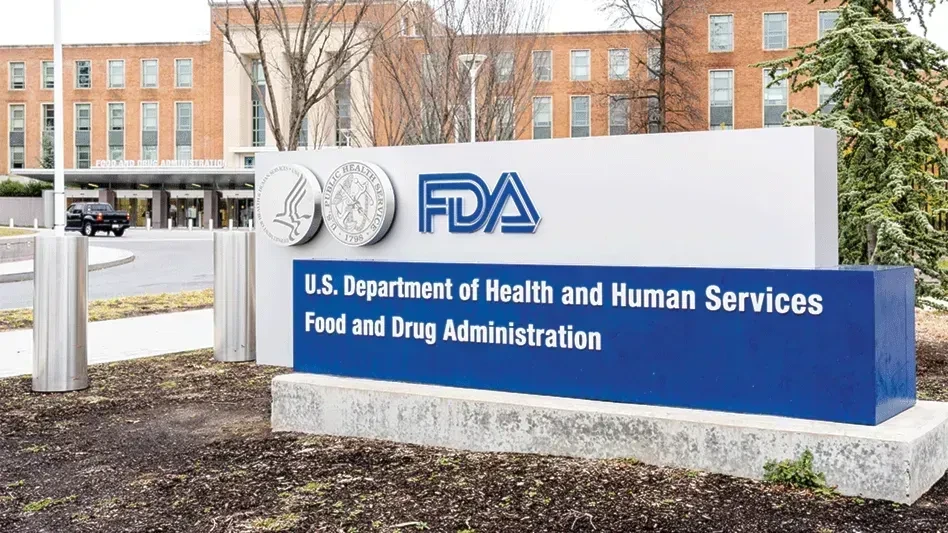 “Tii-iii-iii-ime is on my side, yes it is!” Do you ever feel like the lyrics to that Rolling Stones tune couldn’t be further from the truth when it comes to your job as a food plant supervisor or manager? You have to train employees (both new and experienced), keep up with regulatory changes, and make sure your documentation ducks are all in a row for your next certification audit. All that on top of keeping your production lines up and running, your sanitation crews current on their tasks, and your maintenance staff aware of any preventive or corrective repairs that need to be made. So, how in the world do you add time in your schedule to perform facility inspections to identify positive or negative conditions and determine if programs are effective and being followed?
“Tii-iii-iii-ime is on my side, yes it is!” Do you ever feel like the lyrics to that Rolling Stones tune couldn’t be further from the truth when it comes to your job as a food plant supervisor or manager? You have to train employees (both new and experienced), keep up with regulatory changes, and make sure your documentation ducks are all in a row for your next certification audit. All that on top of keeping your production lines up and running, your sanitation crews current on their tasks, and your maintenance staff aware of any preventive or corrective repairs that need to be made. So, how in the world do you add time in your schedule to perform facility inspections to identify positive or negative conditions and determine if programs are effective and being followed?
What if we told you that you can inspect your entire food plant in only 30 minutes a week? To make this work, following are a few things you need to know.
An Engaged Team.
The first thing you need is a supportive team. Every food facility should have a formal food safety committee whose function it is to consider all facets of food safety. This committee is responsible for three important tasks:
- Plan and establish the food safety program. Inspections are resource intensive, but they don’t cost a lot of money. They take time from the executive level, supervisors, and the food safety team. So, it is important that inspections be organized and efficient and that the information gained be put to use.
- Fully inspect the operation for defects in all aspects of the food safety program. An inspection should evaluate the physical condition of the facility and equipment and observe personnel practices to collect information to determine compliance with the facility’s food safety programs.
- Follow through to ensure deficiencies are eliminated. Inspection findings will often initiate corrective action that needs to be dealt with on the spot. But just as often, observations will lead the team to consider program improvements that can be made to prevent future deficiencies. Documentation and follow through are key to ensure that inspection results are beneficial, promote food safety, and lead to improvement.
A Strategy.
Once your team is established, the actual work begins. The approach we suggest is to divide and conquer. Depending on the size of your plant, one method of making an in-plant inspection is to divide the plant into relatively small areas and to check one of these areas each week. This method allows the team to gain a comprehensive look at the operation and eliminate product safety hazards.
For example, on a four-week cycle of inspections, the plant would be divided into three areas. These should include support areas (e.g., break rooms, restrooms, maintenance shops, chemical storage rooms, boiler rooms, etc.) as well as the outside grounds and roof. One area is inspected each of the first three weeks, and a committee meeting replaces the inspection activity on the fourth week. During this meeting, the inspection results from the previous three weeks are evaluated to ensure corrective actions have been completed or scheduled. This is also the time to look for trends that have been noted during the inspections and evaluate their root causes. Larger plants could be on an eight-week cycle, with seven weeks used for inspections, and a committee meeting held on the eighth week to discuss results.
When food safety committees attempt to cover too large of an area at once, failure can occur. If properly conducted, the time devoted to an inspection can be quite short. When the boundaries of the area to be examined are clearly defined, and committee members stick to assigned tasks, 30 to 60 minutes should be sufficient to adequately examine an area.
The committee chairman picks the day and time of the inspection, but the area to be inspected should remain unknown until the committee is assembled. When a seven-area program is set up, the area should be picked at random. Only on the seventh week will the area to be viewed be known ahead of time because it will be the only area that hasn’t yet been inspected on the cycle.
It is generally suggested that the committee act as a group, or, if larger than 10, be split into two groups. In some cases, it may be advantageous to assign two or three members of the food safety committee to make the inspection on a rotating basis. We also suggest that the task at hand be confined to items that impact food safety and not be extended to additional areas such as worker or OSHA safety.
Goals.
Inspections allow you to verify that your food safety policies and procedures are being properly followed. Additionally, the self-inspection program can be an extension of your training and education program. Employee performance can be improved by using inspection deficiencies to plan future training and education. Depending on the deficiencies observed, the training and education may need to be immediate or can be scheduled for a later date. Photos of deficiencies noted in the inspections can be beneficial for future employee-training sessions.
The primary goal of a self-inspection is to review existing conditions. After finding deficiencies, the committee should categorize them in a list. Categorization could be modeled after the AIB Consolidated Standards for Inspection, which are:
- Operational methods and personnel practices.
- Maintenance for food safety.
- Cleaning practices.
- Integrated pest management (IPM).
Sometimes a defect will fall into two or more categories. For instance, pest sightings would be listed as an IPM issue, but the reason for the pest may fall in another category, such as cleaning practices. In those cases, the defect should be preceded by the category with a notation for the corrective action necessary.
Organizing defects by categories allows the committee to easily recognize critical situations when they begin to appear within a given category. If half of the items recorded are categorized as maintenance issues, there may be a program issue that needs to be reviewed with the maintenance department. Repeated issues in a single category should alert management that there is a problem with the food safety program and a more extensive evaluation of the program may be necessary. If weaknesses exist, a good food safety committee will recognize them and solve food safety problems that are beyond the scope or the authority of the various supervisors or the individuals in charge of the food safety program.
Mindset.
Those involved in self-inspections should be keen observers and able to recognize what is—or should be—happening in those areas. They should ask questions, explore, experiment, think, analyze, and draw conclusions about data. Their experience should give them the ability to identify the vulnerable areas of a facility where issues may likely be.
Inspectors should begin an inspection with an open mind and not have preconceived notions of what they expect to find. They should interact with employees to assess their level of food safety knowledge and determine how well they understand their job responsibilities. Ask a few individuals open-ended questions during their job activities to gauge their level of understanding.
When an issue is identified, inspectors should continually ask “why” to determine the root cause. Some issues may seem very simple on the surface, but further investigation may lead to other complex issues.
Preparation.
Some basic tools that should be used in an inspection include:
- Flashlight (15,000-20,000 lumens)
- Inspection mirror (polished metal, non-glass)
- Scraper/spatula
- Thermometer
- Basic hand tools for opening equipment (as allowed)
- Writing tablet and pen or hand-held computer
- Camera or other recording device
- Keys to secured areas and gates
Employees are very aware of the food safety committee during an inspection. If the team is in nice business clothes, employees assume there will not be much actual investigating around dust-coated equipment or in areas where splashing may occur. Thus, committee members should wear clean, washable outer clothing. At some facilities, committee members wear a complete white uniform identified as the food safety inspection team. Inspectors should be prepared to get dirty while they are digging, climbing, and crawling during a physical inspection.
Committee members need to follow the same company personnel policies as production employees. If the facility has strict rules about uniforms, safety shoes, and other personal protection equipment, the inspection team should comply with these rules. The committee should assemble on time at a selected site and determine at that time where the inspection will begin. In some cases, special equipment (e.g., man lifts and ladders) may be required to access overhead areas. It is better to have these items in place before the inspection begins rather than have to wait for their arrival.
Discussions during the course of the inspection should be brief and confined to matters within the scope of the observations in the specific area. If a unit of equipment has an unacceptable appearance, the cleaning frequency of the unit and the cleaning procedure should be reviewed. If the same unit is excessively soiled every time it is inspected, it is likely that the cleaning cycle should be changed. However, keep in mind that not everything in a food plant is always cleaned at the same time, and therefore, not everything is always clean.
Special attention should be given to situations that present a product hazard. Regulatory enforcement agencies have shifted their attention almost entirely to the concept of complete product protection. If a condition exists that could allow paint, grease, condensate, rust, or similar contaminants to be introduced to the product or product zone, the situation is considered a violation.
Another example of a violation would be evidence of rodent activity in a food plant or warehouse since a rodent could contaminate ingredients, products, or product zones. During an inspection, you may find unfavorable conditions. You may be tempted to repeatedly return to the same locations and look for the same conditions, but each area should be approached as though it has never before been inspected.
Don’t only inspect production and storage areas. Inspections must be conducted on the roof, exterior grounds, and in interior spaces such as boiler rooms, maintenance rooms, and office areas. You should keep in mind that problems can exist above and below eye-level; use a three-dimensional approach by changing your position regularly. This can make a world of difference in what you observe. For example, checking the grounds from a vantage point on the roof may reveal areas that require further investigation.
Document!
Many facilities develop checklists to help them during inspections. Initially, these checklists can be helpful and provide guidelines on specific items to look for. However, over time inspectors may rely on the checklist so much that they neglect other areas. This can cause team members to miss serious issues. To prevent dependency on a checklist, include only generic items to consider (e.g., overheads, container identification, equipment storage, employee practices, protected lighting, etc.), but not specific items. Many companies choose to simply start with a blank inspection report and document items as they are discovered during the inspection or audit.
Details are important. Note items, such as missing electrical box covers and knockouts, which could directly impact pest control. Surplus lubricant and chipped paint over or in the vicinity of a product zone is a product hazard and should be noted.
It is far better to have too many items on the list than to miss even one item that could be considered critical to product safety. It is important to record each issue observed, as well as its location, because the items on the inspection list will eventually be assigned for correction. Be specific enough for future understanding, but try to be brief. Some companies choose to take a picture of the issue so it can be evaluated at meetings or used to help the person responsible for the corrective action find the specific item.
At the conclusion of each week’s inspection, the recorder should copy and distribute the inspection notes to each department lead. Immediate action can then be taken on the items that can easily be corrected.
We understand your schedule is cramped and you feel like time is—in fact—not on your side. But, with a supportive team, a proven strategy, and 30 minutes set aside each week, you can divide and conquer your plant with a self-inspection program that will prepare you for even the most rigorous regulatory and third-party inspections.
The author is Media and Marketing Coordinator, AIB International.
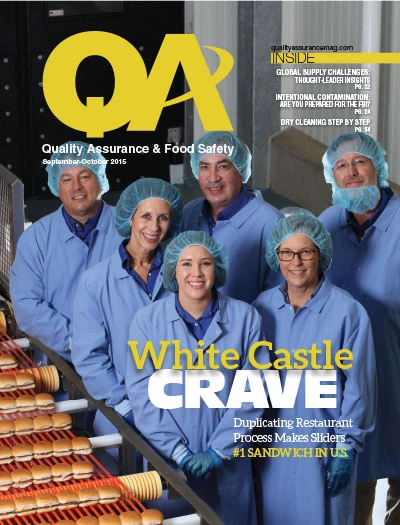
Explore the October 2015 Issue
Check out more from this issue and find your next story to read.
Latest from Quality Assurance & Food Safety
- Ferrero Group Invests $445 Million in Ontario Production Facility
- Nelson-Jameson Announces Grand Opening for Pennsylvania Distribution Center
- Taylor Farms Linked to Romaine E. coli Outbreak as Marler Clark Files Multiple Lawsuits Against Supplier
- IAFNS Announces Winners of Emerging Leader Awards for Food Safety, Nutrition
- FDA Shares Testing Results for PFAS in Bottled Water
- Provision Analytics Adds Food Safety Expert Jennifer Williams to Strategic Advisory Group
- Boston Sword & Tuna Protects Seafood Safety with Mettler-Toledo Metal Detectors
- IFT Releases New Resources to Aid Food and Beverage Industry in Sugar Reduction
